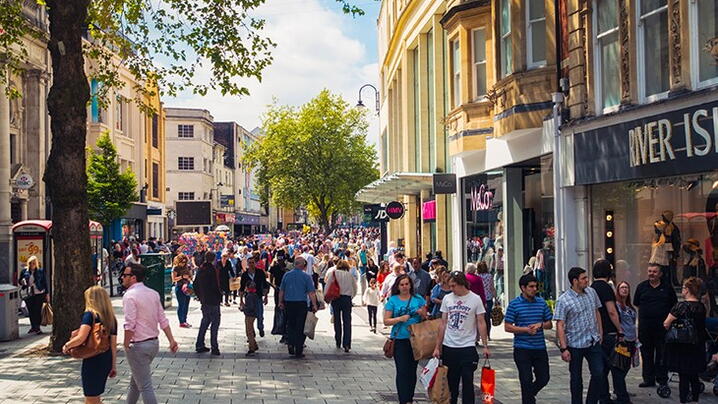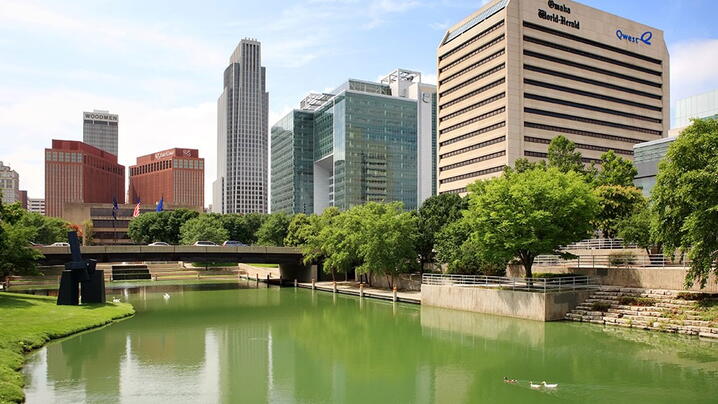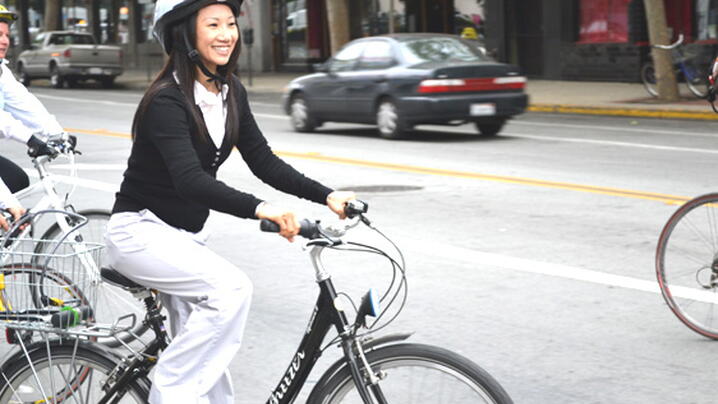Women and people of color are among the municipal leaders throughout Kershaw County. In all plans, projects and services, Kershaw County strives to accurately reflect residents and businesses.
Stockton’s efforts to build a culture of engagement have resulted in community-based programs and systems that are healing decades of trauma for individuals and communities, empowering students who have been historically marginalized and providing new pathways to higher education.
Southlake, Texas<br />Well-managed private- and public-sector organizations generally use some type of foundational management framework. More than a decade ago, the city of Southlake, Texas (pop. 29,000) adopted the balanced scorecard system as its foundational framework. This framework enabled the city to realize benefits from improved city council ownership, buy-in and support from boards and commission…

These ICMA resources look at ways to identify what makes a good downtown, as well as ways to make a downtown resilient.

Futurist Rebecca Ryan gives an inside look into the long-term planning process for greater Omaha known as Omaha 2040.

As many communities prepare for hurricane season, we are reminded that preparation is key. Yet, despite the devastation and destruction, a number of success stories have come out of these crises. Following are some of the best and most inspirational from the Life, Well Run archives: Philadelphia benefited greatly from its extra investment to leverage its 311…

Two years ago, when I was a senior at East Carolina University, I found myself, like many of my peers, scrambling to figure out what I should do after graduation. I eventually planted myself in one of my professors’ offices and explained to him that I wanted a career that would enable me to serve…

In honor of National Bike to Work Day, ICMA highlights ways to make communities more bike friendly.
San José, California, plans to add 70 miles of bikeways within 18 months and be a top-tier bike-friendly city.
